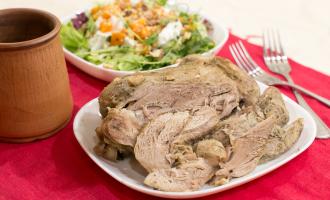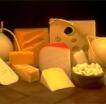Homemade cottage cheese
If your milk has accidentally gone sour, don't feel bad. You can use it to make a whole host of dishes, including homemade cottage cheese. It's much better than cottage cheese from the store, because you can make it as moist or dry, fatty or skimmed, etc. as you like. After trying homemade cottage cheese, I now make a special milk fermentation to make it, because it's easy.
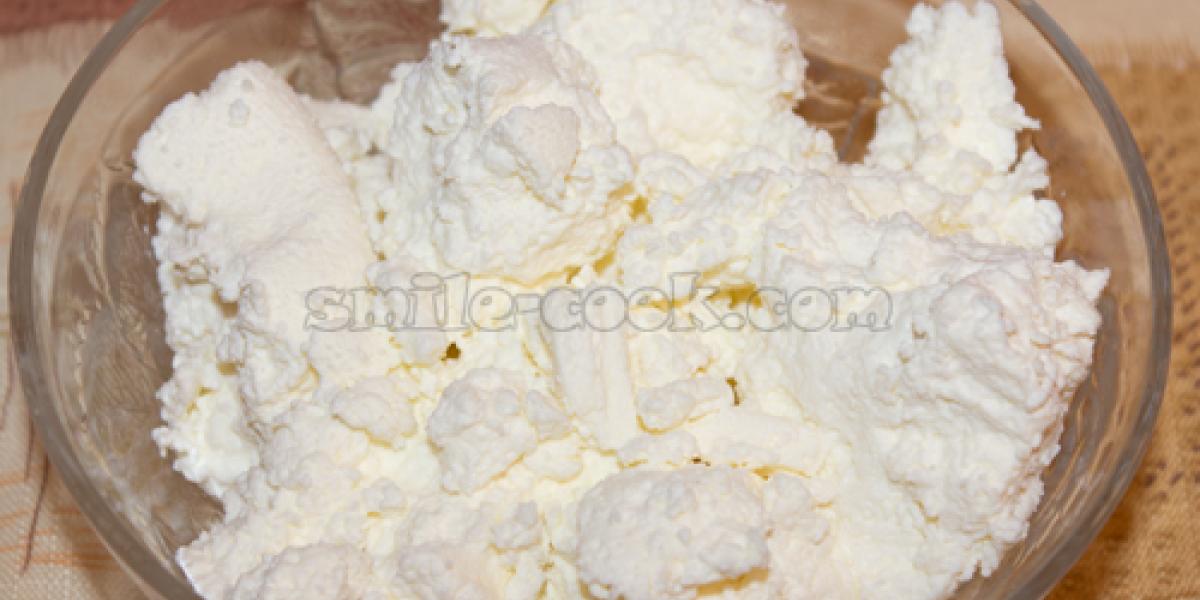
Compost:
- milk - 2 liters
- kefir - 300 ml
Preparing homemade cottage cheese:
The fat content of the milk will determine the fat content of the curd, so choose the milk depending on the fat content of the curd you want. If you have sour milk, you can make curd from it (in this case you don't need kefir), if you don't have sour milk, you should first squash the milk. To do this, pour kefir into fresh milk, mix well and leave it for 12-15 hours at room temperature (if the room is cool, you may need more time).
Once the milk has fermented, put it on low heat and, stirring occasionally, heat it until it curdles and separates from the whey (about 10-15 minutes).
After the milk has fermented, put it on low heat and, stirring occasionally, heat it until it curdles and separates from the whey (about 10-15 minutes).
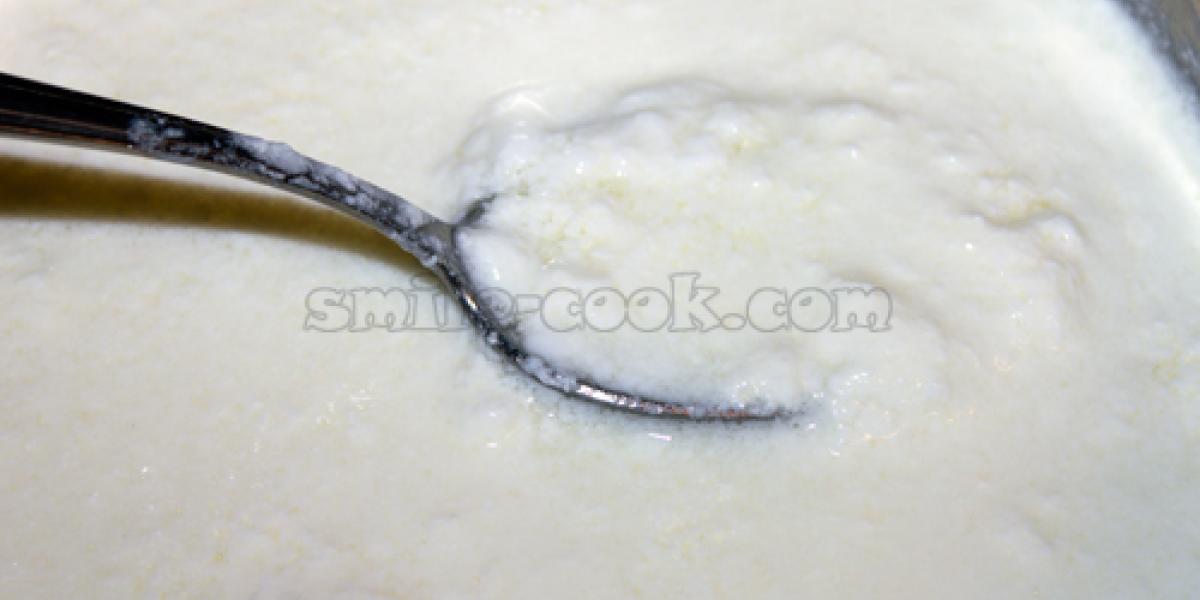
Meanwhile, cover a saucepan with gauze folded 3-4 times. Pour the curd mixture into the gauze, bring the ends of the gauze together and tie them.
Pour the curd mixture into the gauze, bring the ends of the gauze together and tie them.

Hang the gauze with the curd over a container to drain off excess whey. Strain the curd until it reaches the desired moisture content - 10 hours or more.
Allow the curd to drain until it reaches the desired moisture content.
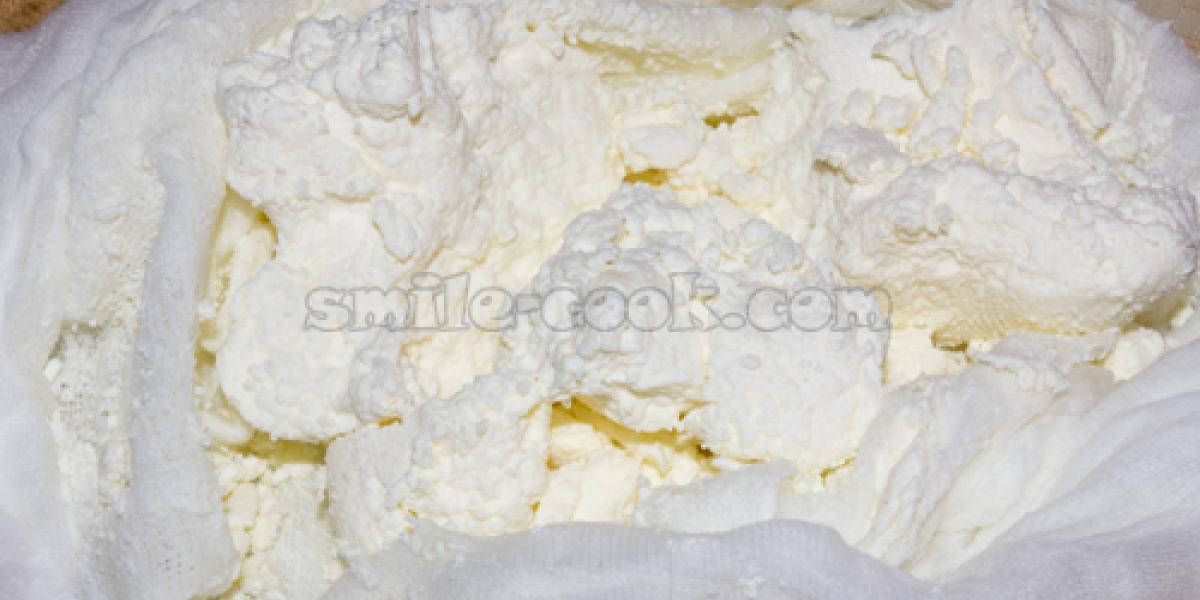
Take the finished curd out of the gauze and store in the refrigerator in a hermetically sealed container.
This curd can be eaten plain, with sour cream, sugar and fruit, and can also be used to make other dishes.
Whey, which is left after cooking cottage cheese, can be used in the preparation of other dishes, for example, pancakes.
Enjoy!"



